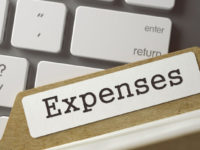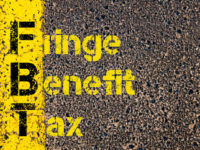The JobKeeper wage subsidy has kept thousands of Australian businesses afloat, and their workers employed, through the worst of the COVID-19 induced economic downturn of 2020 but the scheme is scheduled to end on 28 March. This is leaving many small-business owners worried for the future. If your business is currently on JobKeeper, or if you are an employee currently receiving JobKeeper, here’s what you need to do over the next three months to avoid falling off the so-called “fiscal cliff” when support ends.
What businesses need to do
Be flexible and innovate
It’s important to note that many of the changes businesses have made could be permanent and could play a key role in building future profitability, even as many aspects of business life return to something like normal. With the economy still under-performing, grab every competitive advantage possible to stay alive. If your business no longer needs to rent that office because you or your staff are at home, end the lease and use the cash saved more productively. If most of your business is now online, don’t sacrifice those sales to return to face-to-face trading – try to leverage both opportunities simultaneously.
Look at your staffing
The point of JobKeeper was to keep workers attached to their jobs, but with the scheme ending many businesses will have to take a hard look at whether they can continue to support all their current workers based on their expected future revenue levels. If your business employs casuals, that could mean reducing or eliminating shifts. For full-time or part-time staff, you may need to ask staff to permanently reduce their hours or, worse, make staff redundant.
It’s essential to keep your labour budget sustainable. As your business recovers, you may then be in a position to bring staffing levels back up to normal over the medium term.
Take up other support
As well as federal government support such as JobKeeper, most state governments have comprehensive business support measures in place for COVID-affected businesses, including cash grants and deferrals or waivers of certain taxes and levies. Make sure your business has applied for all eligible support by checking your state government website. In the case of some business support payments, amounts received may be tax-free.
Is this really the end for JobKeeper?
Sectors such as tourism and hospitality have been impacted far more than other businesses and with international borders set to stay closed for most of 2021 and domestic tourism impacted by uncertainty over state border closures, it seems certain that these sectors, in particular, will continue to be hit hard well after the proposed end-date for JobKeeper.
This has spurred calls for sector-specific support for the tourism and hospitality sectors, perhaps by continuing the current JobKeeper scheme but restricted only to businesses in these sectors. The government has committed to nothing at the time of writing but watch this space…
What individuals need to do as JobKeeper ends
If your employer has been paying you JobKeeper over the past year, in effect the government has been subsidising your wages. As JobKeeper ends, that subsidy will cease.
In the best-case scenario, your employer will revert to paying your wages in full and the transition will be seamless. In the worst-case scenario, your employer will struggle to maintain their wage bill and may have to either reduce hours for staff or let some staff go altogether. Now is the time to be sounding out your employer to gauge whether your job is secure going forward. Depending on the answer, you may need to adapt your household budget to cope with the lower-income that could flow from reduced hours or even a period of unemployment
Mark Chapman, Director of Tax Communication, H&R Block
















